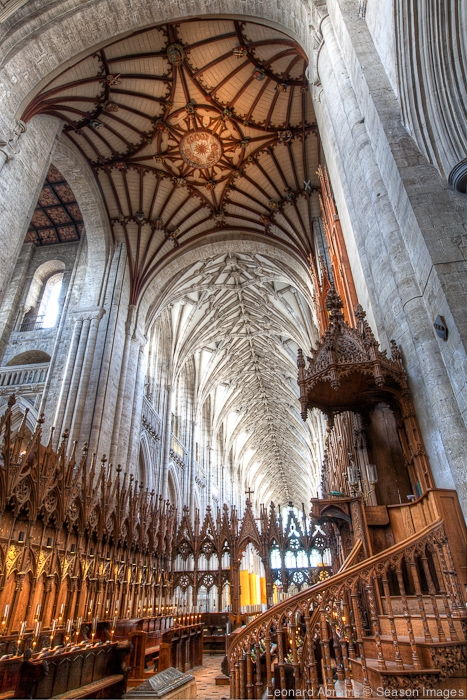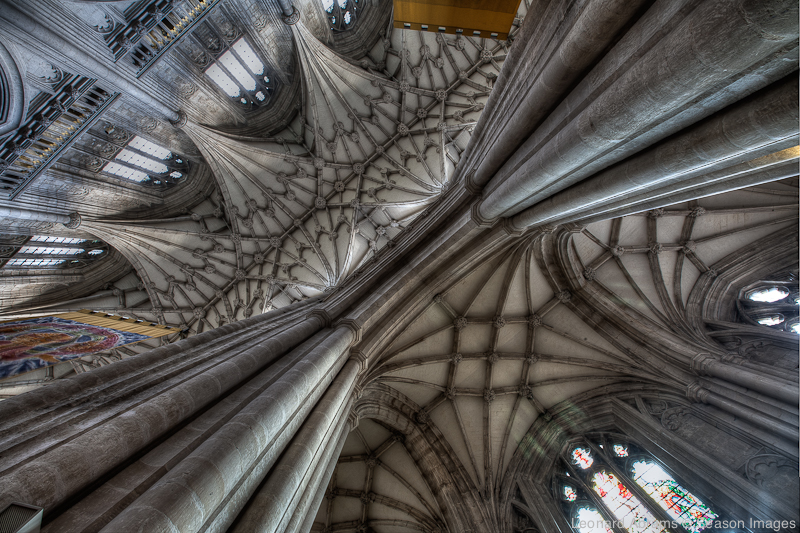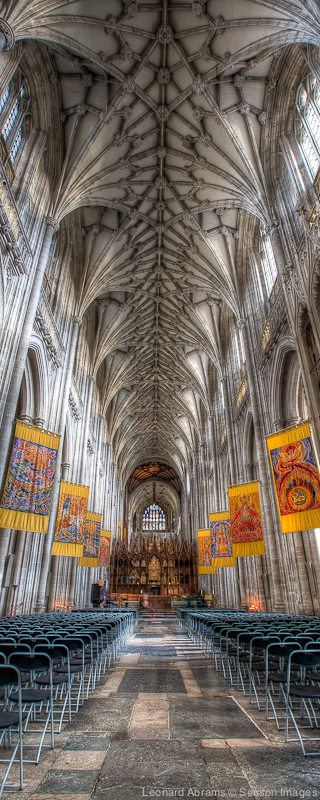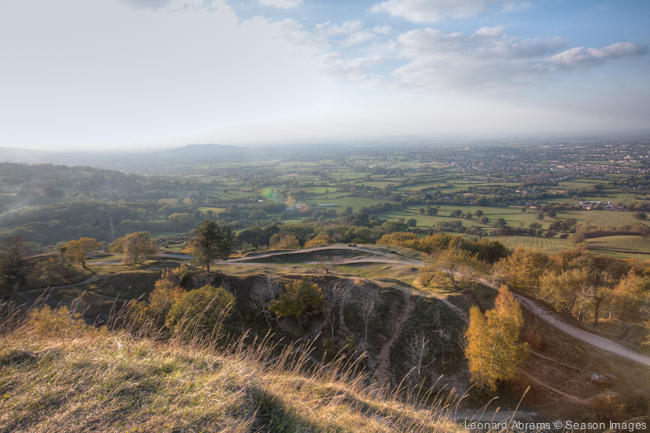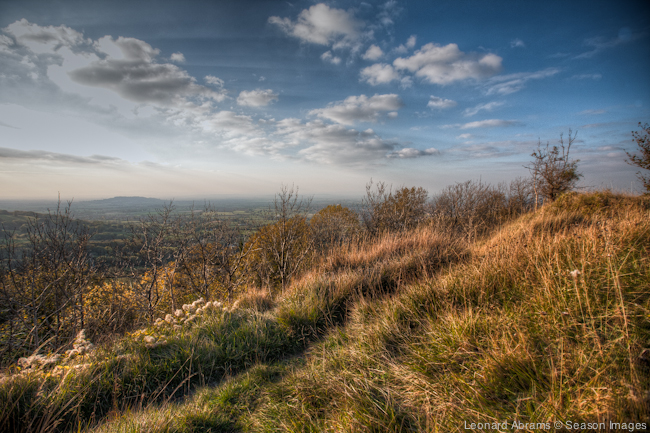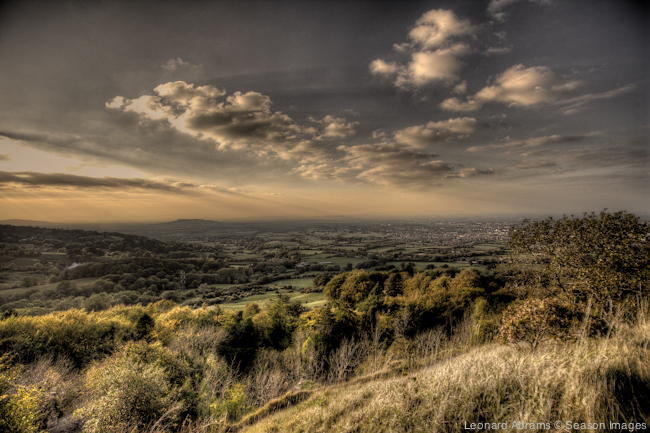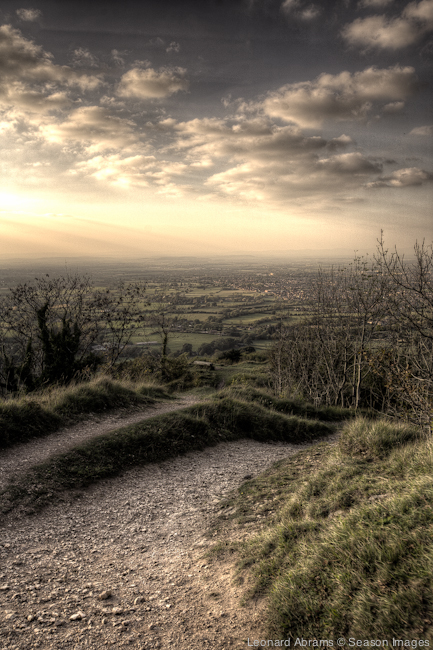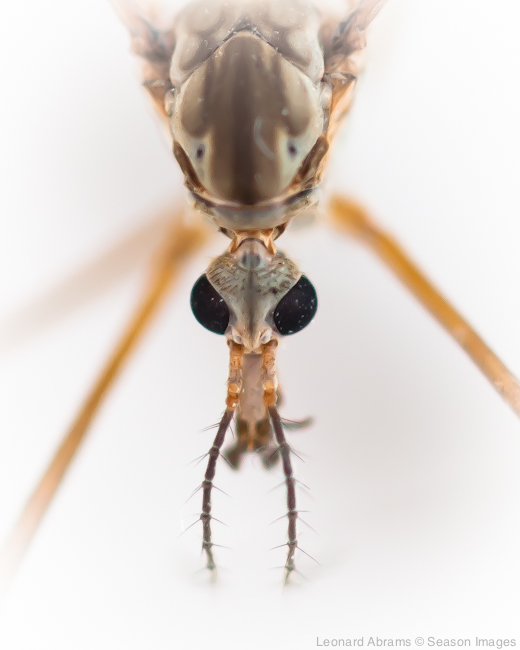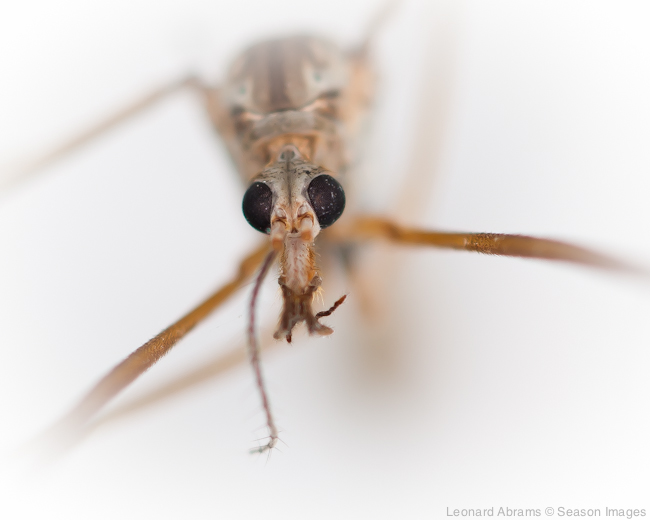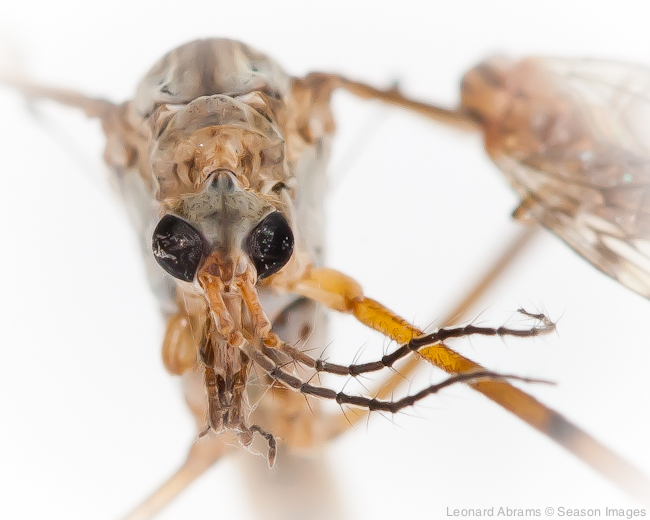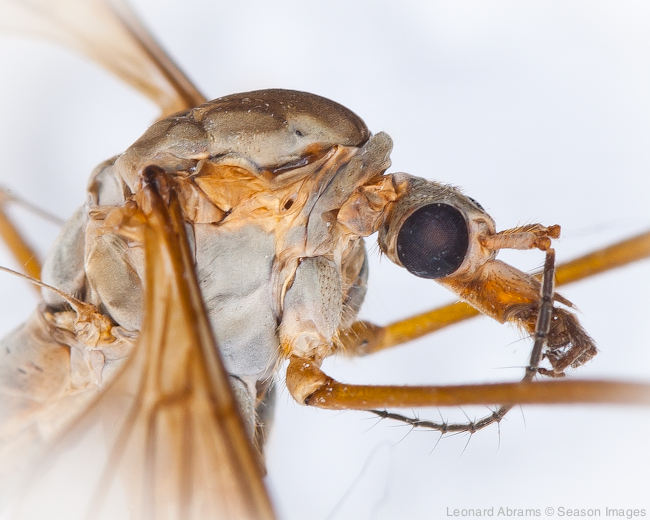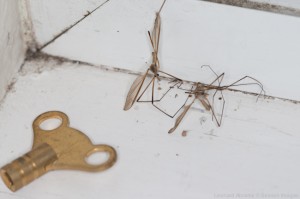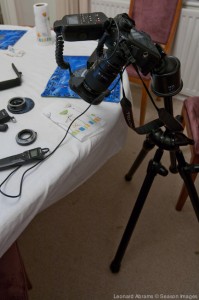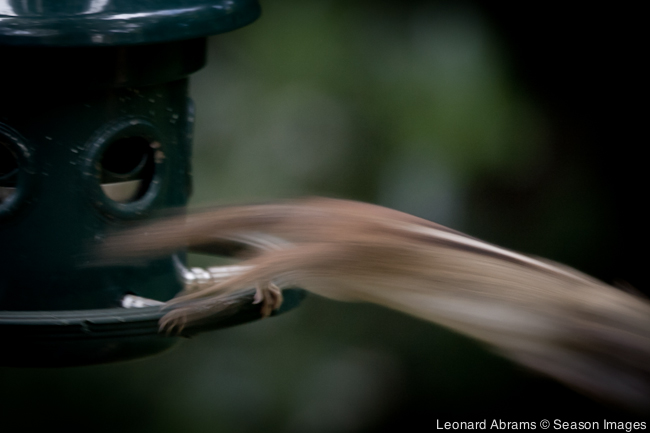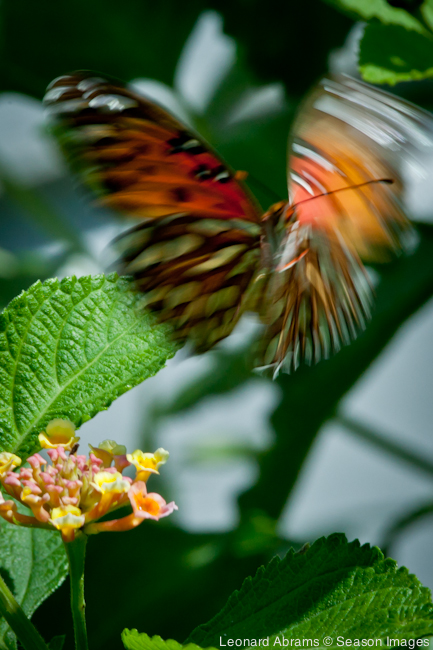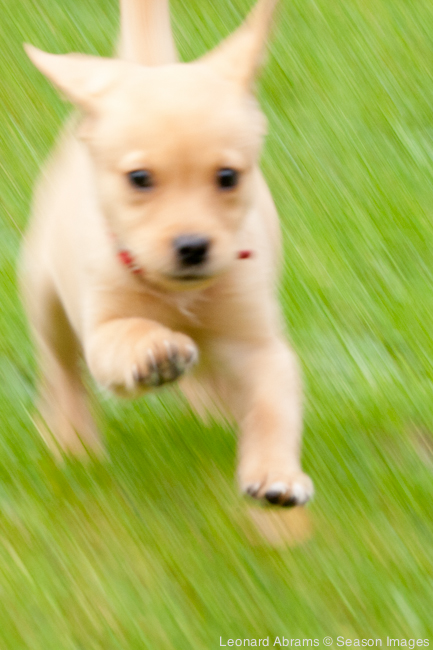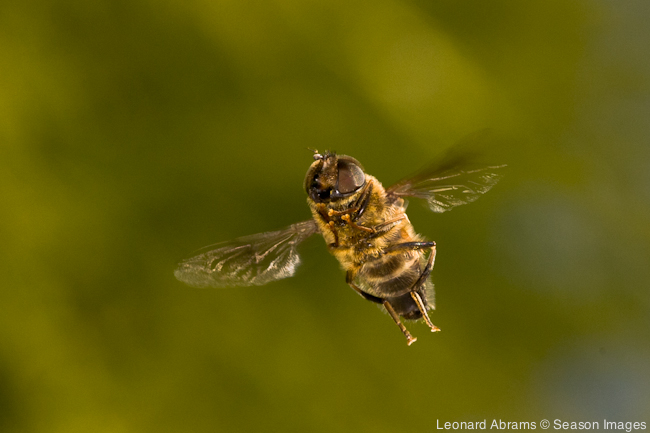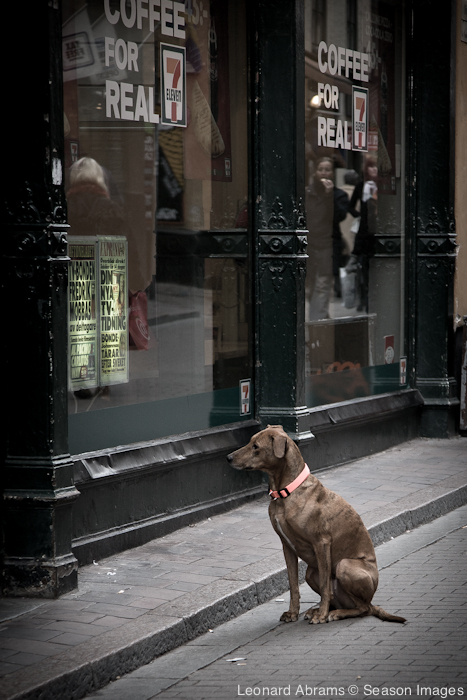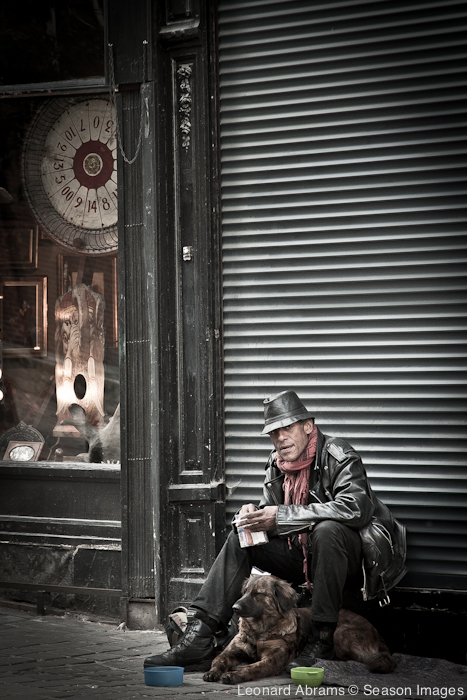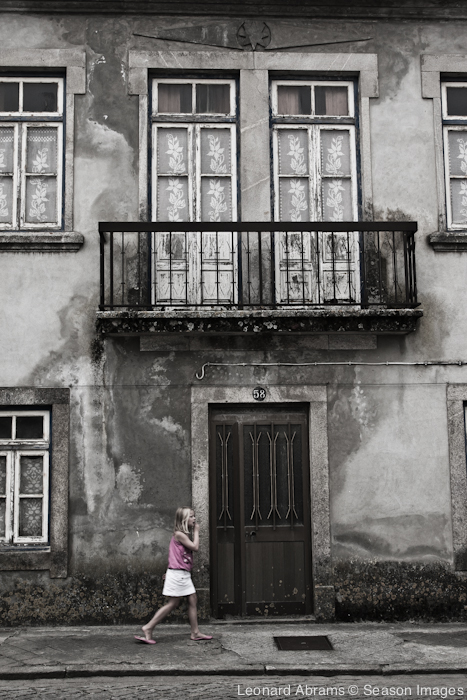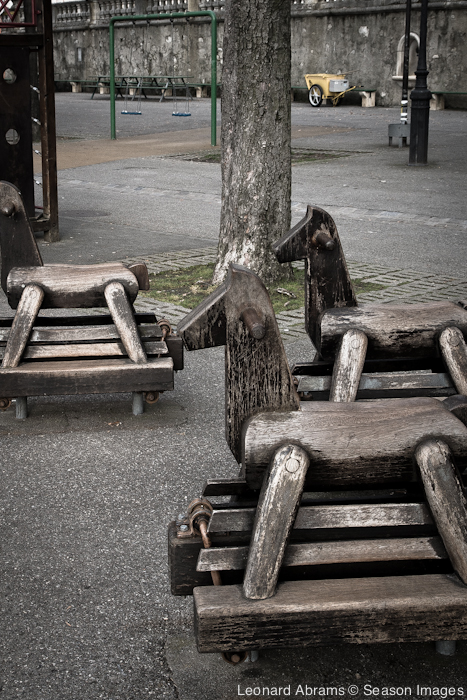Series of Four
This is the thirteenth Blog in the “Series of Four” series. Each blog focuses on a different aspect of photography, either technical or creative. To see the full set of “Series of Four” blogs, click here.
Winchester Cathedral – with muted HDR
Here is a set of four images taken recently of Winchester Cathedral in England. This is my second visit to Winchester Cathedral – my first visit was at the beginning of my project to photograph the Cathedrals of the Church of England and I have learned a lot since then.
For these images I have used a technique called HDR (High Dynamic Range) which uses a series of bracketed images taken at different exposures (+1, 0, -1 in these images) to achieve a greater range than is possible with the sensitivity of a normal digital sensor. Using software it is possible to integrate the images (usually 3 or 5) to achieve a very sharp image with details across the full range of the available light. I have been intrigued recently how HDR can enhance images. Taking bracketed exposures in low lighting situations like cathedrals adds considerably to the time a shoot takes as each exposure is usually between 20 to 30 seconds.

